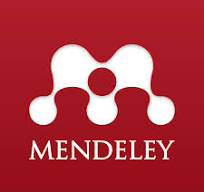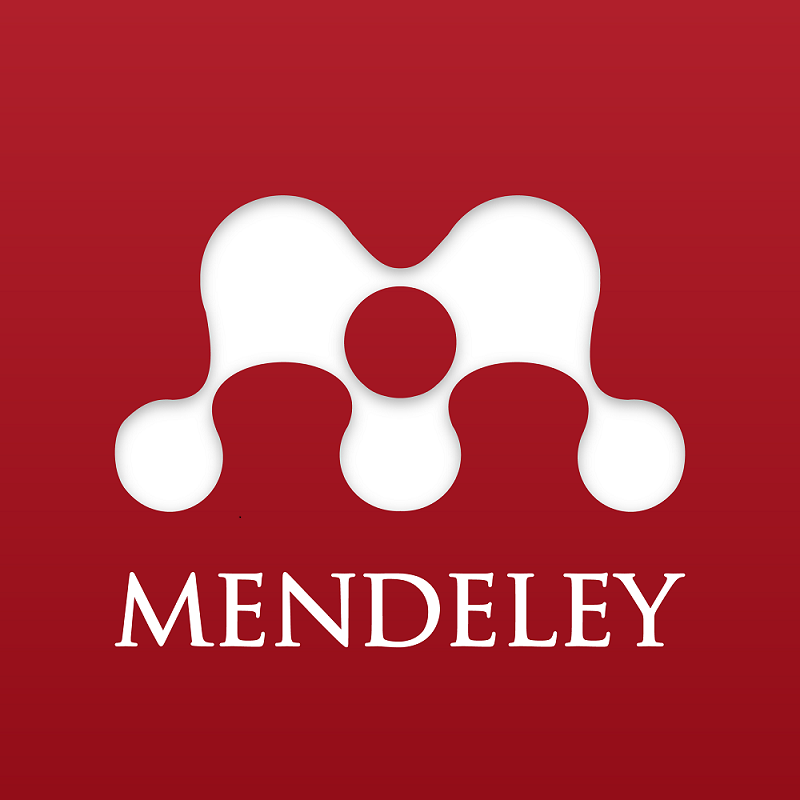ANALYSIS OF CHEMISTRY TEXTBOOK BASED ON CURRICULUM 2013
DOI:
https://doi.org/10.37304/jptm.v2i1.1671Keywords:
Chemistry Textbook, CurriculumAbstract
Buku teks dan kurikulum dianggap sebagai alat pendukung bagi guru. Khusus perubahan kurikulum menjadi kurikulum 2013, buku teks yang digunakan guru dan siswa harus memenuhi standar sesuai kurikulum 2013. Tujuan dari penelitian ini adalah untuk menganalisis buku-buku kimia yang digunakan oleh sekolah binaan di sekolah menengah atas dan sekolah menengah kejuruan. Jenis penelitian ini adalah penelitian deskriptif dan pengumpulan data dilakukan dengan wawancara kepada guru kimia dan angket untuk menganalisis buku-buku kimia topik larutan elektrolit dan nonelektrolit. Analisis dilakukan terhadap empat jenis buku kimia dengan penerbit yang berbeda. Dari hasil analisis, buku A dikategorikan layak digunakan dengan persentase kelayakan sekitar 81,6%, buku B memiliki persentase 74% dikategorikan cukup layak, buku C dengan persentase 50% dikategorikan tidak layak dan buku D dengan persentase 35% dikategorikan tidak layak. Kelayakan buku teks untuk digunakan hanya buku A dan B.
Downloads
References
Anwas, O. M. (2016). Model Buku Teks Pelajaran Berbasis Teknologi Informasi Dan Komunikasi. Jurnal Kwangsan, 4(1), 17. https://doi.org/10.31800/jurnalkwangsan.v4i1.32
Ardianto, D., & Pursitasari, I. D. (2017). Do Middle School Science Textbook Enclose an Entity of Science Literacy? Jhss (Journal of Humanities and Social Studies), 1(1), 24–27. https://doi.org/ 10.33751/jhss.v1i1.369
Arsyad, A. (2010). Media Pembelajaran. PT. Raja Grafindo Persada.
Chen, B., Wei, B., & Mai, Y. (2019). Examining chemistry teachers’ perceptions of their interaction with curriculum materials: A quantitative approach. Journal of Baltic Science Education, 18(2), 197–208. https://doi.org/10.33225/jbse/19.18.197
Dagher, Z. R., & BouJaoude, S. (2011). Science education in Arab states: bright future or status quo? Studies in Science Education, 47(1), 73–101.
Davis, E. A., Janssen, F. J. J. M., & Van Driel, J. H. (2016). Teachers and science curriculum materials: where we are and where we need to go. Studies in Science Education, 52(2), 127–160. https://doi.org/10.1080/03057267.2016.1161701
Florentina, N., & Leonard, L. (2017). Pengaruh Model Pembelajaran Kooperatif Terhadap Kemampuan Berpikir Kreatif Matematis Siswa. Formatif: Jurnal Ilmiah Pendidikan MIPA, 7(2), 96–106. https://doi.org/10.30998/formatif.v7i2.1877
Gilbert, J. K., Bulte, A. M. W., & Pilot, A. (2011). Concept development and transfer in contextbased science education. International Journal of Science Education, 33(6), 817–837.
Giuliani, M., Martimianakis, M. A. (Tina), Benstead, K., Grau Eriksen, J., Verfaillie, C., Van Egten, V., Umakanthan, B., Driessen, E., & Frambach, J. (2020). Exploring implementation of the ESTRO Core Curriculum at the national level. Radiotherapy and Oncology, 147, 118–122. https://doi.org/10.1016/j.radonc.2020.03.028
Kahar, M. S. (2018). Motivation Analysis Learning in The Implementation of Physics Practicum. Formatif: Jurnal Ilmiah Pendidikan MIPA, 8(1), 1–6. https://doi.org/10.30998/formatif.v8i1. 2304
Kahveci, A. (2010). Quantitative analysis of science and chemistry textbooks for indicators of reform: A complementary perspective. International Journal of Science Education, 32(11), 1495–1519.
Khaddoor, R., Al-Amoush, S., & Eilks, I. (2017). A comparative analysis of the intended curriculum and its presentation in 10th grade chemistry textbooks from seven Arabic countries. Chemistry Education Research and Practice, 18(2), 375–385. https://doi.org/10.1039/c6rp00186f
Khasanah, A. N., Sajidan, S., & Widoretno, S. (2017). Effectiveness of critical thinking indicator-based module in empowering student’s learning outcome in respiratory system study material. Jurnal Pendidikan IPA Indonesia, 6(1), 187–195. https://doi.org/doi:10.15294/jpii.v6i1.8490
Laksono, J. P., Ashadi, & Saputro, S. (2016). Analis Bahan Ajar Kimia Untuk Sma/Ma Di Kabupaten Karanganyar Pada Materi Kelarutan Dan Hasil Kali Kelarutan Berdasarkan Kurikulum 2013. Prosiding Seminar Nasional Pendidikan Sains, 2016–2389.
Lamb, L. R., & Annetta, L. (2013). The Use of Online Modules and the Effect on Student Outcomes in a High School Chemistry. Journal Science Education Technology, 22(1), 603–613.
Leonard, L. (2018). Task and Forced Instructional Strategy: Instructional Strategy Based on Character and Culture of Indonesia Nation. Formatif: Jurnal Ilmiah Pendidikan MIPA, 8(1), 51–56. https://doi.org/10.30998/formatif.v8i1.2408
Marpaung, D. N. (2019). Implementation of Active and Creative Learning Through Multimedia on the Teaching of Solubility and Solubility Product. Journal of Basic and Applied Scientific Research, 9(6), 42–46.
Marpaung, D. N., & Azzajjad, M. F. (2020). The Effectiveness of Student Centre Learning in Experiment Method on Acid and Base Solution to Increase Student Achievement. Journal of Applied Science, Engineering, Technology, and Education, 2(1), 32–36. https://doi.org/10. 35877/454ri.asci2156
Marpaung, D. N., Pongkendek, J. J., & Siregar, L. F. (2019). The development of innovative learning material integrated with environmental activities to improve student learning outcomes on electrolyte and nonelectrolyte solution. IOP Conference Series: Earth and Environmental Science, 012218.
Mudlofir, A. (2011). Aplikasi Pengembangan Kurikulum Tingkat Satuan Pendidikan dan. Bahan Ajar Dalam Pendidikan Agama Islam,. PT. Raja Grafindo Persada.
Muslich, M. (2010). Teks Books Weiting. Ar-Ruzz.
Overman, M., Vermunt, J. D., Meijer, P. C., Bulte, A. M. W., & Brekelmans, M. (2013). Textbook Questions in Context-Based and Traditional Chemistry Curricula Analysed from a Content Perspective and a Learning Activities Perspective. International Journal of Science Education, 35(17), 2954–2978. https://doi.org/10.1080/09500693.2012.680253
Permatasari, A. D., Anwas, E. O. M., Perbukuan, P., Pengembangan, B., & Kebudayaan, P. (2019). Character Education Analysis of The Natural Sciences Textbook. 07(02), 156–169.
Pongkendek, J. J., Marpaung, D. N., & Siregar, L. F. (2019). Analisis Motivasi Belajar Siswa Dengan Penerapan Model Pembelajaran Kooperatif Tipe Team Games Tournament. Musamus Journal of Science Education, 2(1), 31–38. https://doi.org/10.35724/mjose.v2i1.2243
Pun, J. K. H. (2019). Salient language features in explanation texts that students encounter in secondary school chemistry textbooks. Journal of English for Academic Purposes, 42, 100781. https://doi.org/10.1016/j.jeap.2019.100781
Rusianti, S., Fatah, A. H., & Mulawi. (2019). Analisis Kesesuaian Konsep Ikatan Kimia Pada Buku Kimia Kelas X SMA/MA Terhadap Silabus Kurikulum 2013 Dan Penyusunan Makro Wacana. Jurnal Ilmiah Kanderang Tingang, 10(2), 184–200. https://doi.org/10.37304/jikt.v10i2.32
Vojí?, K., & Rusek, M. (2019). Science education textbook research trends: a systematic literature review. International Journal of Science Education, 41(11), 1496–1516. https://doi.org/10. 1080/09500693.2019.1613584
Vos, M. A. J., Taconis, R., Jochems, W. M. G., & Pilot, A. (2011). Classroom implementation of context-based chemistry education by teachers: The relation between experiences of teachers and the design of materials. International Journal of Science Education, 33(10), 1407–1432. https://doi.org/10.1080/09500693.2010.511659












